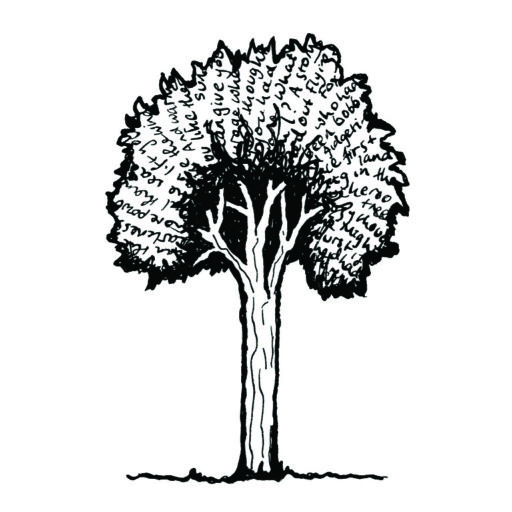How much do you know about the place where you live? No doubt you know where to buy food and other essentials. Perhaps you know where to catch the bus / tram / train, or the quickest way to drive to work or school. But what about the landform you live on? In this week of reconciliation, how much do you know about the humans who first lived in this place? And what about the plants and animals who share your place? Are they recent arrivals, or are they the modern descendants of very ancient lineages?
The activity below is based on an excerpt from my new book Take this Book for a Walk: A step-by-step guide to nature journaling. Use it as a prompt to reflect on your place. And feel free to leave some thoughts about your place in the comments section below.
When you are outside, in nature, you are always at a specific place. Reflecting on the history of this place can bring further meaning and resonance to the nature journal observations you make today, or in the future.
For example, I live on a mountain range, in Queensland, Australia. I first visited this place, with my family, about 36 years ago.

The first European people to visit this place were the timber-cutters who came to harvest the cedar trees. They arrived about 200 years ago. The indigenous people of this place are the Yugambeh people. They first came here between 60,000 and 100,000 years ago, and their descendants are still living in the area today.


But because I’m also interested in plants and animals and landscapes, I like to go back further than humans. The mountain range I live on was created by the eruption of the Tweed Volcano, also known as Wollumbin or Mount Warning. This volcano was active 23 million years ago.

Recent research has shown that songbirds evolved in Australia over 30 million years ago. Lyrebirds, who are the modern representatives of one of the oldest lineages of songbirds, still sing in the forests around where I live today.

Eucalyptus and Banksia trees grow in these forests too. Their lineages go back over 50 million years.

I can hear a yellow-tailed black-cockatoo wailing as I write this. Today’s black-cockatoos represent a very ancient lineage of parrots, which also first appeared around 50 million years ago.

But these plant and animal lineages are mere youngsters compared to that of the Araucaria trees growing in my backyard (several Hoop Pines and a Bunya Pine). For the oldest Araucaria fossil is about 180 million years old!

Now try to find out about your place:
When did you first visit this place?
When did your family first visit this place?
When did the first humans come to live in this place? What is their name? (e.g. Yugambeh people) (If you are in Australia, find out using the AIATSIS map of Indigenous Australia.)
How old is the landform on which you stand? (e.g. the mountain, river valley, plain, desert….) (If you are in Australia, try to find out using this interactive surface geology map from Geosciences Australia.)
What are some common plants and animals you see on your place? Try to find out how long they (or their ancestors) have been living in the area.
References
Bird evolution: Joseph, L. (2017) A guide to the evolution and classification of Australian birds in 2017. Journal & Proceedings of the Royal Society of New South Wales, vol. 150, part 2, pp. 220–231. Download PDF
Oldest Eucalyptus fossil: Gandolfo, M. et al. (2011) Oldest Known Eucalyptus Macrofossils Are from South America. PLoS One 6(6): e21084.
Age of Araucaria genus: Kranitz, M.L. et al. (2014) Evolutionary Diversification of New Caledonian Araucaria. PLoS One 9(10): e110308.


Lovely. As a non-Indigenous Australian I’ve always envied people who have many generations of stories and knowledge about the place where they live, its landscape features, plants and animals, seasons and how to live as part of the land. We dislocated Europeans and others hark back to our ancestral lands to search for that sense of ancient belonging, but we never really find it. I love stories that help us build up a deep sense of belonging to and respect for this land.
Hi Rose, I feel a bit the same, as my parents migrated from the Netherlands to Australia. And many of the books I read as a child, about animals and nature, were set in Europe or in the USA. But there are many opportunities to hear the stories of Australia’s indigenous people today – either through books, films or in person. And I think many more Australians are interested, and are seeking these out. Just listening and acknowledging someone’s story can be a powerful healing process – for the teller and the listener. But I think you already know that! Thanks for listening to my stories, and for commenting. 🙂